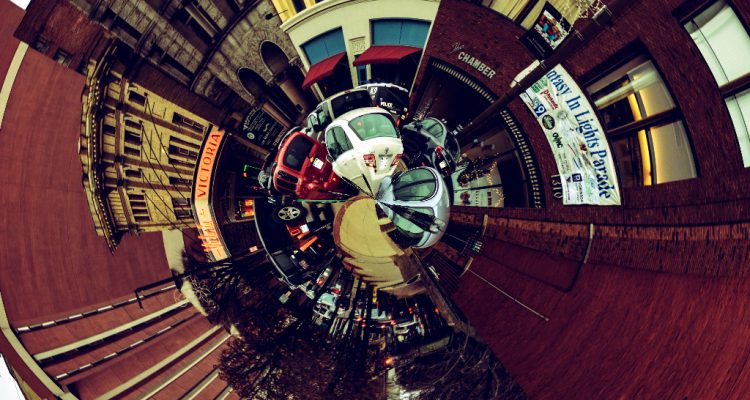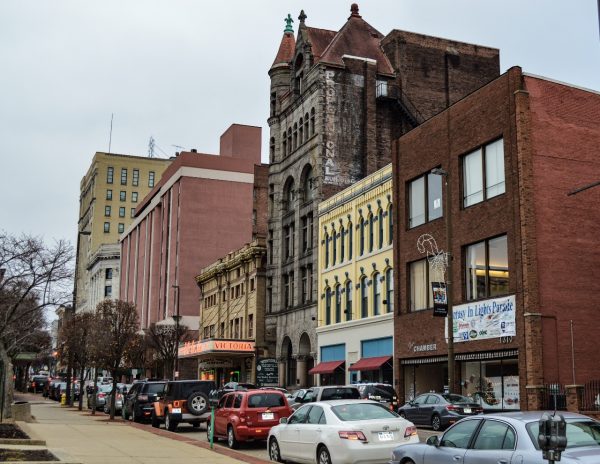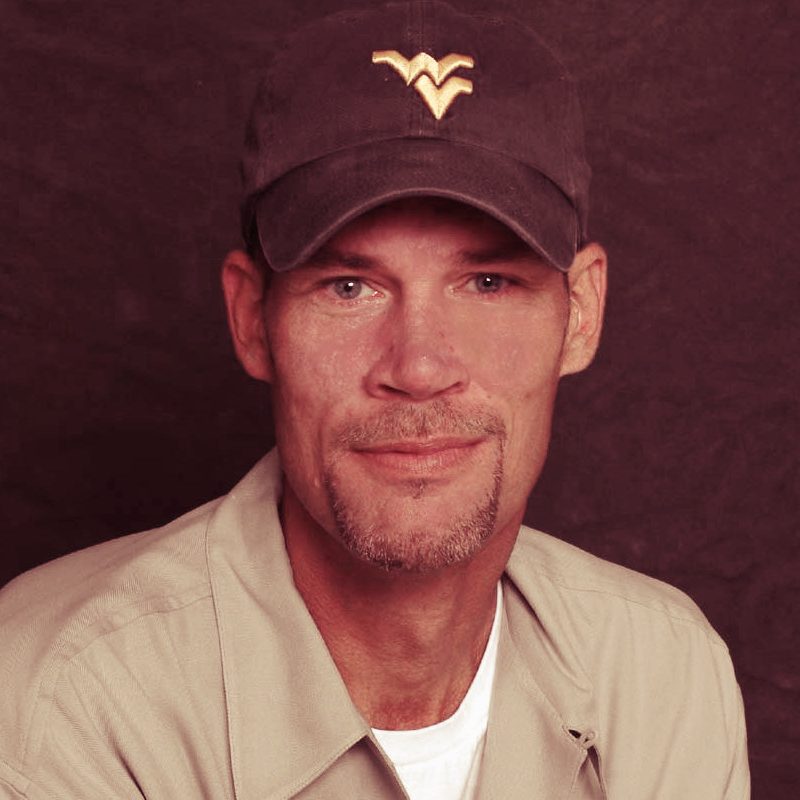By Steve Novotney
Weelunk.com
OK, so the Professional Building on Market Street has a new owner, and so does the Flat Iron Building on Main Street, and both buyers are considering build-outs for residential units.
Check!
And … check!
The equation for the rebirth of downtown Wheeling is simple to understand – it’s people first, and then capitalism follows. The Elm Grove section of Wheeling is the perfect example. Not only are there exits and entrances for Interstate 70, but it is the single-most populated City Ward. These two facts have led to amenity development in Elm Grove, including fast and local food restaurants, a few different banks and doctors and hair salons, and a couple of shopping plazas, and a bevy of recreational facilities.
Downtown Wheeling doesn’t have a grocery store, and residents must board a bus to be able to buy a pair of boxers or a bra. While more businesses exist in Wheeling’s downtown district today than there were 10 years ago, the residents living there, in East Wheeling, and in North Wheeling need more.
So it’s “people first.”
People.
North Wheeling is not only historic, but it’s a neighborhood filled with preservation-minded, proactive residents who believe in a positive future, and there’s a new energy in East Wheeling with long-term and new residents working together to improve a once crime-ridden area.
So how does the downtown district attract more residents?
A few deals have been made, and more conversations are taking place, but for the most part the discussions are preliminary, and details are not ready to be on the record.
It leaves one to wonder what could be possible, and a good look-around raises question after question.
For example:
- Is the former Boury Warehouse being used in some capacity because that structure could be transformed into a banging apartment/loft complex? Positioned along Big Wheeling Creek on the corner of 16th and Main streets, I’m told that those six floors could be re-developed into as many as 60 apartments.
- The former headquarters of Wheeling-Pittsburgh Steel currently sits empty along Market Street adjacent to the Laconia Building. There are 12 floors that have been filled with offices since 1905, but the top three floors do offer a view of the Ohio River from the east-side windows.
- Renovations on the former Rogers Hotel on 14th Street have slowly continued throughout 2014, and the owner, Mark Jaber, has told city officials he eventually plans to open a restaurant/pub on the first floor, and that he is considering residential housing for the top three floors.
- The former home of the Fort Henry Club, located on the corner of 14th and Chapline streets, is currently undergoing extensive renovations as the owner, McKinley & Associates, hopes to attract commercial tenants for the first two floors. What they plan to do with the rest of the spacious structure remains unclear.
On Dec. 16, Wheeling Mayor Andy McKenzie and city council members will vote to accept the 2014 Comprehensive Plan, a state-mandated study orchestrated and developed by a number of citizen volunteers with their thoughts and eyes on the future. Compass Point Planning was hired for $81,000 to assist with the plan’s formation, and the pages include several suggestions for zone and ordinance amendments.
These ideas include the following:
- The enhancement of property maintenance ordinances.
- The development of a parks and recreation master plan.
- The development of guidelines for preservation of historic districts.
- The evaluation of traffic calming techniques along major truck routes.
- The updating of zoning ordinances to promote sustainable neighborhoods.
- The evaluation of changes to the Historic Building Code.
- The establishment and operation of a Land Reuse Agency
- The implementation of efforts to retain the younger population.
- The promotion of entrepreneurial efforts.
- The expansion of access to technology.
- The coordination of infrastructure improvements.
- The completion of a public transportation study for the region.
The “no-brainer” suggestions should be adopted as soon as possible. If a few of the others pique curiosity and produce questions, the public should be engaged by city officials to collect as much input as possible before choosing a direction.
But then they should choose so the Friendly City can continue moving forward.
photo by Steve Novotney




